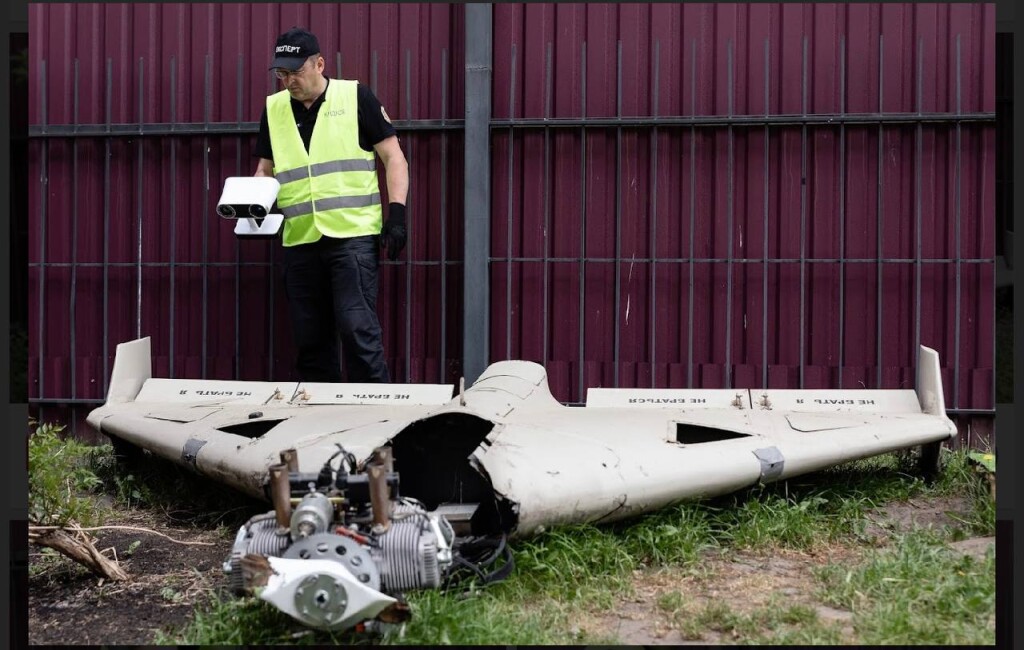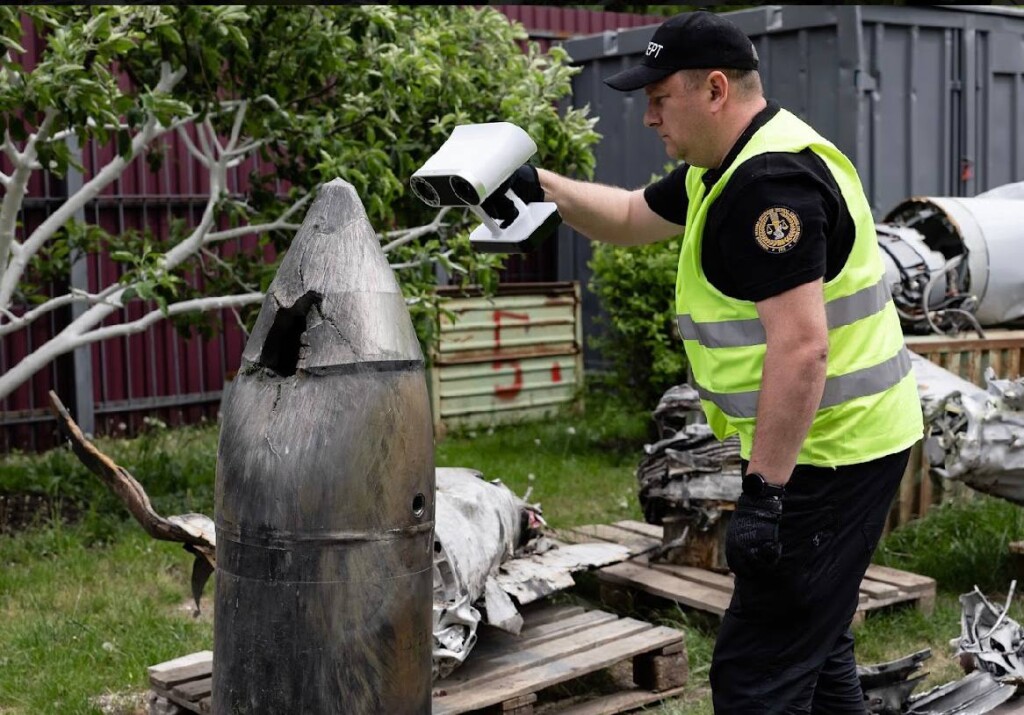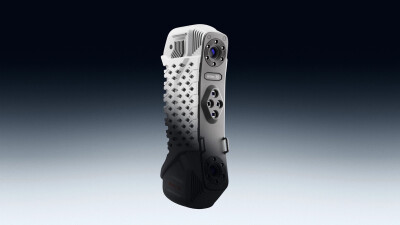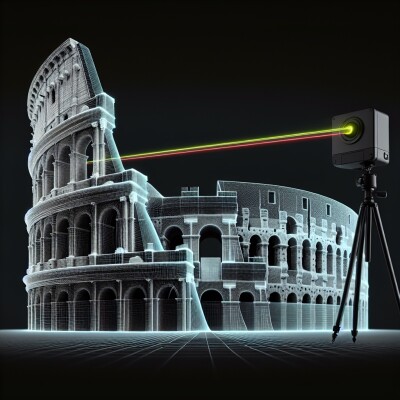While laser scanning and 3D modeling is typically discussed here for surveying and construction workflows, scanning landscapes, buildings, bridges, and other pieces of infrastructure, there are many more uses for the technology. Among them involves work to maintain and monitor culturally important spaces. We have discussed work like this before, such as the work to scan and maintain the Crystal Palace Dinosaurs in London, or creating a digital archive of a former gold rush town in Northern California. And last year, after the war in Ukraine had taken hold, we highlighted one company working to scan heritage sites around the country in case they were destroyed in the fighting.
As that war continues on in Ukraine, the work to scan these culturally important areas must keep up with it. Recently Geo Week News spoke with Sergey Sukhovey, Founder and Chief Experience Officer with Artec 3D, one of companies who is providing 3D scanners to Skeiron in Ukraine to do this work. We discussed the company’s work in developing handheld 3D scanners, and how they became involved with this work in Ukraine.
Providing 3D technology to a swath of industries
Artec 3D is based in Luxembourg and was founded back in 2008, providing a variety of 3D scanning hardware along with software solutions to process the data from the scanners. Today, the company’s offerings of portable 3D scanners range from the Artec Micro II – a desktop scanner for small objects – to the Artec Leo – a tetherless handheld scanner with onboard software that shows the scan’s progress in real-time on the device – to the Artec Ray II – a long-range scanner for large objects, to be placed on a tripod.
Sukhovey tells Geo Week News that when the company was founded, the 3D scanning landscape certainly existed but they saw some holes in the industry which could be filled. “When we set out, we wanted to make something that would be very simple to use, first, portable second, and third, affordable to medium and small enterprises. So that’s what we did.”
By providing these different types of technology, the company has been able to contribute to work in a number of different areas, including the heritage scanning like what is being done in Ukraine. Of their overall portfolio, though, Sukhovey estimates “about 40 percent of our scanners are used for serious industrial applications like reverse engineering and quality control inspections in very different fields.” He names industries like aerospace, automotive, and utility inspections as examples of these applications.
Outside of that 40 percent, Artec works with a number of other applications as well. He mentions healthcare as another big sector with which they work, for use cases like prosthetics as well as trauma treatments. He also notes work with the fashion industry for custom clothing, and even physical training.
But in speaking with Sukhovey, it’s clear that the work like what they are doing in Ukraine to help preserve these culturally important sites is some of the work of which he is most proud.

Artec 3D’s work to support efforts in Ukraine
Support for efforts to preserve heritage sites around Ukraine did not just start for Artec 3D, according to Sukhovey. He told Geo Week News, “[We] have been supporting Ukraine since the very beginning of the war, and our support continues until this day and into the future.”
He went on to talk about Skeiron’s work in capturing this data around the country, the same company mentioned above who Geo Week News spoke with last year. Artec 3D helped Skeiron’s effort by donating scanners and software to help their cause. The technology is being used to scan objects of all sizes and types, ranging from relics like vases and other clay artifacts, to sculptures and monuments, even up to churches.
In terms of the specific hardware and software being used, it largely revolves around the aforementioned Artec Leo.
“The wireless 3D scanning device Artec Leo became a new tool in Skeiron’s arsenal for its quick on-board processing and applications,” Sukhovey said. “Leo is convenient for medium-sized museum artifacts, and the team utilizes Artec Space Spider for small elements to speed up the work and ensure incredibly high-quality data. The scanners connect to Artec Studio software so teams can directly upload and preview scans in real time, making inspections and customizations.”
The results of this work
This scanning work is obviously ongoing as the conflict in Ukraine continues to rage on, but there are plans for how the data and models can be used once the fighting stops. “Even though it is a time-intensive process, the country’s most significant heritage may one day be reconstructed from the scanned files archived. In the meantime, this technological adoption allows the access of digital twins all over the world, being something to hold onto in the on-going battle for restoring Ukrainian cultural identity,” Sukhovey relayed to Geo Week News.
In addition to this work Artec 3D is completing alongside Skeiron and KODA, another partner of the company, they are working to help in Ukraine in other ways. That includes work with law enforcement in Ukraine, providing police with their solutions for “forensic documentation of evidence against the various crimes such as war crimes, crimes against humanity and genocide throughout the territory of Ukraine,” according to Sukhovey.
He continued, “As heritage preservation with 3D scanning continues, we are also committed to supporting forensic documentation, and non-scanning related projects including providing water to every home and financing emergency vehicles and ambulances. We’re currently also working on a pilot project to digitize heritage in Kyiv-Pechersk Lavra. These heritage preservation projects in Ukraine are of highest priority to us, and it continues to be an honor and privilege to be able to contribute to such an important task in whatever way we can.”






